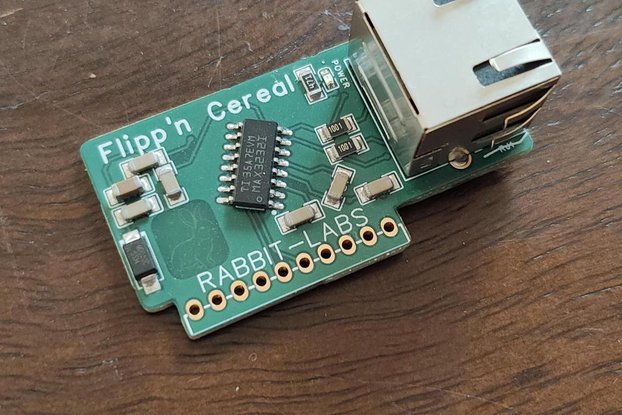Precise temp/hum. measurements. Easy config of DevEUI, AppEUI, AppKey over PC-USB with FTDI-Adapter
Designed by JossiTech in GermanyNo shipping info available.
Set destination country to see options
Shipping to starts at
Free shipping is available to !
Ships from
This item does not ship to .
More Info
Sign up to get notified when this product is back in stock!
Introduction I built this small TTN-Node (TheThingsNetwork-Node) to measure temperature and humidity with a precise DHT22-Sensor. The used microcontroller is a ATmEGA 328P-AU and the LoRa-Transceiver…
Read More…I built this small TTN-Node (TheThingsNetwork-Node) to measure temperature and humidity with a precise DHT22-Sensor. The used microcontroller is a ATmEGA 328P-AU and the LoRa-Transceiver for transmitting to the Network is a RFM95W. The Node is fully assembled and comes with a suitable enclosure as you can see in the picture.
The board needs to be in the range of an TTN-Gateway (most likely you know that). Information about The Things Network you can find here.
The board was desined with Autodesk Eagle, you find the Eagle-files here, also a PDF from the Schematic and the board-layout.
Use the Micro-USB-Port for powering the node. This port is only for power, no connection to the microcontroller over this port is possible, use instead the FTDI-Port.
If you want use the build-in firmware and want to configure your TTN-Node with the credentials (DevEUI, AppEUI and AppKey), you must use a FTDI-Adapter (USB to serial) and connect it to the FTDI-Port as shown in the picture. Then you can use the Serial Monitor of the Arduino IDE to configure. (A more detailed desciption on github is linked under documents under this text). For uploading own sketches you also use the FTDI-Adapter (set the board in Arduino IDE to "Arudino Duelmilanavo 328p"). If you don´t own a FTDI-Adapter you can buy one for less money. Just google for it. Important: Use one you can configure to use 3.3V and use this 3.3V-setting when connecting to the TTN-Node.
If you want to burn another bootloader you will find a ISCP-Port on the PCB. If you want to use the ISCP-Port you first must change the default setting of the two DIP-Switches.
Using ISCP: Put the 3 switches from S2 (left) to "On", and the 3 switches from S1to (right) "off" Normal Operating: Put the 3 switches form S1 (right) to "On", and the 3 switches from S2 (left) to "off"
Following the links under "Specs and Docs" you will find much more information on github:
Arduino Sketch
Eagle Design-Files
How to visualize the data on myDevices Cayenne
Useful link if you want to visualize with the Node Red, influxdb and Grafana
No country selected, please select your country to see shipping options.
No rates are available for shipping to .
Enter your email address if you'd like to be notified when LoRaWAN-Node - The Things Network - Temp./Humidity can be shipped to you:
Thanks! We'll let you know when the seller adds shipping rates for your country.
| Shipping Rate | Tracked | Ships From | First Item | Additional Items |
|---|---|---|---|---|
|
:
|
No shipping info available.
Set destination country to see options
Shipping to starts at
Free shipping is available to !
Ships from
This item does not ship to .
More Info
Sign up to get notified when this product is back in stock!
![Keyboard Serial Terminal for Apple-1 and Apple ][](https://cdn.tindiemedia.com/images/resize/7m0w1yVqGhXsQ1OU6nD3H_L-vaQ=/p/622x415/smart/i/284454/products/2025-01-22T09%3A23%3A03.423Z-kst-frontal-in-use-apple-1.JPG?1737509236)
$79.00
Free Shipping!

$29.89
Free Shipping!

$25.00
Free Shipping!

$5.00
Free Shipping!
By clicking Register, you confirm that you accept our Terms & Conditions
We recognize our top users by making them a Tindarian. Tindarians have access to secret & unreleased features.
We look for the most active & best members of the Tindie community, and invite them to join. There isn't a selection process or form to fill out. The only way to become a Tindarian is by being a nice & active member of the Tindie community!
